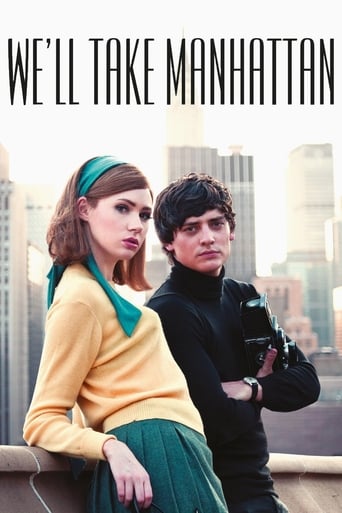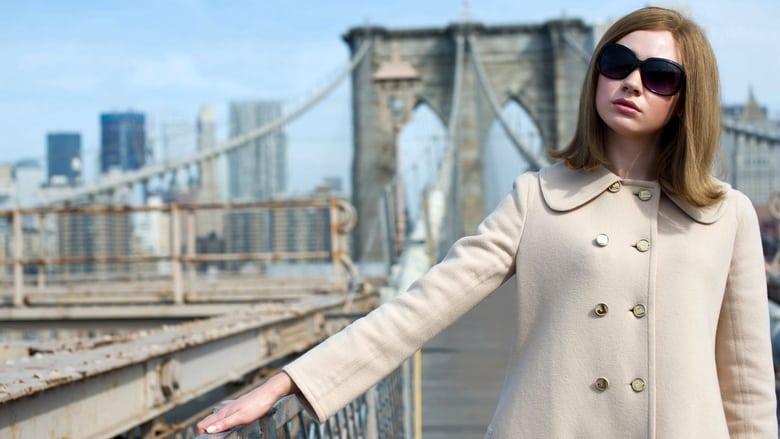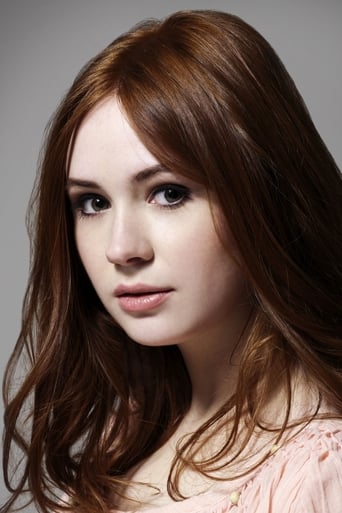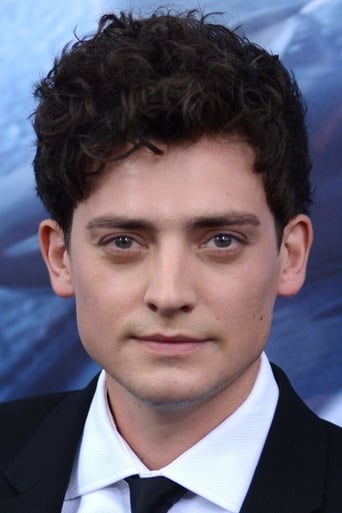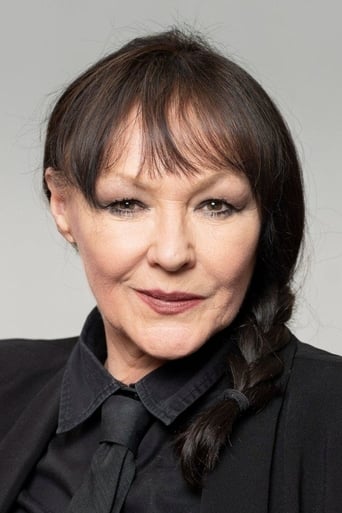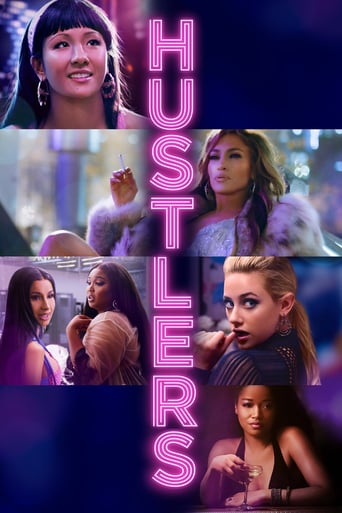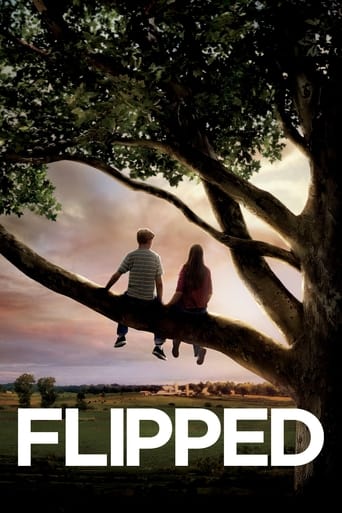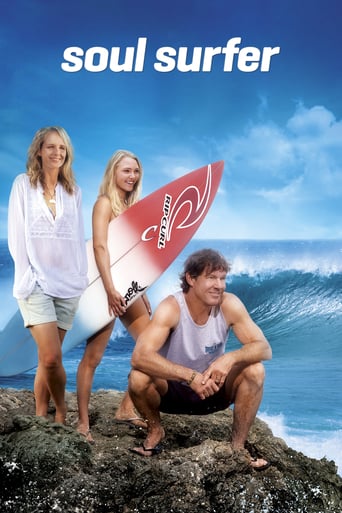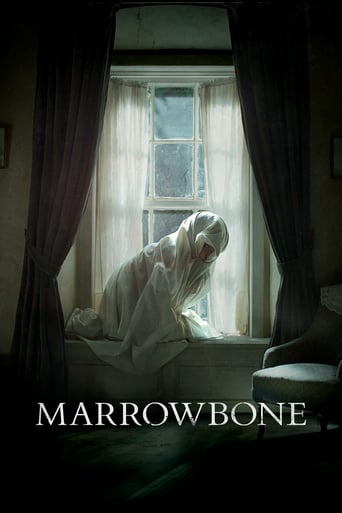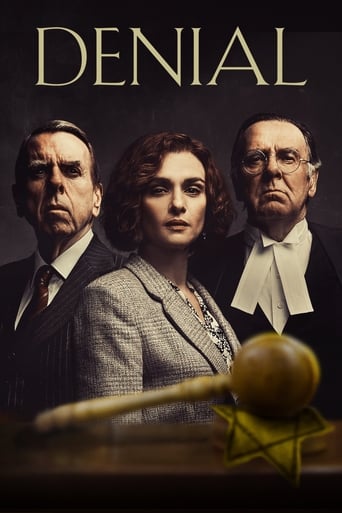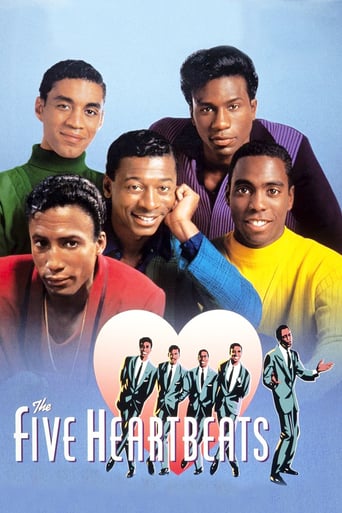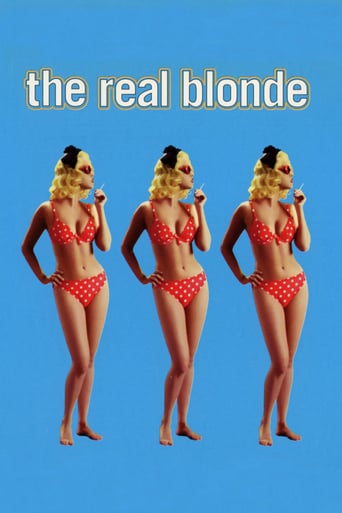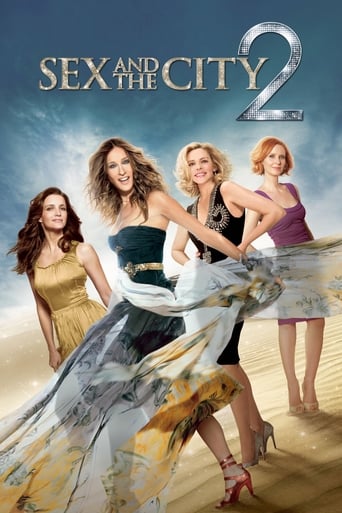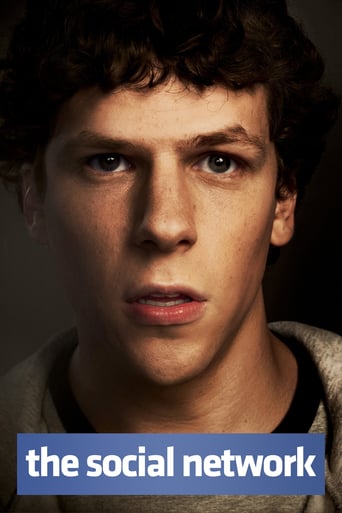We'll Take Manhattan (2012)
We’ll Take Manhattan explores the explosive love affair between sixties supermodel Jean Shrimpton and photographer David Bailey. Focusing on a wild and unpredictable 1962 Vogue photo shoot in New York, the drama brings to life the story of two young people falling in love, misbehaving and inadvertently defining the style of the Sixties along the way.
Watch Trailer
Cast


Similar titles
Reviews
never heard of these people! so i decided to watch and find out.first i could not understand some of the dialog due to that inner city British accent - sorry. then the editing jumped around so. the story line is disjointed early on so you cannot get to know these characters. it was as if the director was in a fuss to get to the NYC scenes.the NYC part of the film is much more interesting and in that the characters shine. unfortunately they must have hired a 10 year old to do the 'tourist' snap shots of the city as those photos were just awful an added nothing to the story. we know they are in 'the big city'.the two strong willed leads and the insecure model slowly become a bit unbelievable and then the shows over!will not watch again.
Lordy, what can one say that is positive about this farcical retro-homage to the rise of the 60's first supermodel Jean Shrimpton and bad boy photographer, David Bailey. Swinging 60s London was yet to happen when the stuffy, privileged world of British Vogue was invaded by the street-wise Bailey whose black and white grainy high contrast fashion sense was yet the norm. Shrimpton as depicted by Doctor Who's Karen Gillian is a moon-face, country virgin who falls for the brash photog and is promptly toss to the curb by her screaming, conservative middle class father who sees his daughter as a fallen woman. It was after all the era of the new pill and good girls were still pure until marriage!! Given the assignment to photograph a new spread for Vogue in New York City, Bailey and Shrimp head out with the uptight, Lady Clare Rendlesham (Helen McCrory) to recreate the tired, status quo look which British Vogue had presented since WWII. With lots of head butting between Bailey and Rendlesham over tasteful lady-like poses, camera focal range, and the NYC skyline, Shrimpton sees her budding career going down in flames. Slightly idiotic dialogue is meant to convey the class differences between the blue collar Bailey and Shrimpton and Rendlesham, the "posh" women he finds unwilling to give him the opportunity as the innovative artist with the camera. But the work speaks for itself as contact sheets arrive in London and the situation comes to a head with the expected happy ending. Bailey forever alters British Vogue, Jean becomes the exquisite iconic face of the 60s, and London swings despite the conservative government.Barnard as confrontational Bailey is heavy fisted but charming, and the venerable Helen McCrory as the staid Lady Tasteful Clare Rendlesham offers a strident performance that is almost laughable. However, it is the woeful Ms. Gillian as The Shrimp who makes the production painful to view. Jean Shrimpton had not evolved into the staggering beauty in the New York photographs that Bailey took of her, but in Ms. Gillian is absent the kind of potential Shrimpton already possessed as a leggy young model. The teased bouffant hair, pudgy eyes, and the askew legs did characterize the early Jean, but Gillian misses on every point thanks to woeful styling. To observe Karen Gillian is to see the Dr. Who companion in 60s "clobber" and the wrong eye shadow applications -- sadly, even the teddy bear photographed better. Perhaps the best thing that can be said about the show is they used David Bailey's actual photographs from the New York shoot of Jean Shrimpton in the closing credits. That was worth sitting though the program.
Karen Gillan is pretty and picturesque with a near-perfect clipped Jean Shrimpton accent, but the real drama of the film is between Helen McCrory's stuffy aristocratic sub-editor of Vogue, and the brash, foul-mouthed David Bailey (or "Bailey" as he likes to call himself) as portrayed authentically and confidently by Aneurin Barnard. These two chalk and cheese types are at each other's throats for practically the whole film, so much so that it slightly distracts from the interest of the pictures and the story, well played though the roles are.Whether Bailey really had this much trouble with his bosses is speculative, but he certainly must have ruffled a few feathers in those early days (and his photos in truth, make for gritty but otherwise surprisingly poor use of Manhattan.) Whether this iconic photo shoot was really the birth of the Swinging Sixties is also open to doubt (Bailey himself has no love of the Beatles who are heard on the radio back home), and the New York of 1960 was probably not quite as clean as the New York of today, but the pictures are nonetheless well captured, and the film is enjoyable as an account of two young people's journey of discovery.
This dramatisation of the epochal David Bailey / Jean Shrimpton photo-shoot in New York, January 1962 made for an entertaining if occasionally shallow viewing. Presented very much as a confrontation between rebellious youth and fusty conservatism (in the person of their accompanying chaperon, the tyrannical, but brittle and of course much older Lady Rendlesham), Bailey and Shrimpton are portrayed as the advance guard of the whole Swinging 60's movement, a point rather unsubtly made with its references to the Beatles and Mary Quant just before the end. Whether Bailey's contribution to photography was quite as seismic as the Beatles on music or Quant on fashion is open to debate but as a light, amusing and easy on the eye entertainment, it worked well I thought. Bailey's famous pictures are well recreated, much to the righteous indignation of behind-the-times Rendlesham, and while there's not much more to the piece than their various contretemps, interspersed with Shrimpton's occasional vulnerability, precocity and gaucheness, one has to respect the difficulty in making the fashion world a gripping dramatic undertaking. The acting of the three leads was very good, Aneurin Bernard especially good as the saturnine, Cockney-on-the-make, "don't call me David" Bailey, Helen McCrory equally so as the ever-so posh Lady Rendlesham and if Karen Gillan sometimes seems too old for the 18 that the real Shrimpton was at the time, she comes through in the end as her character develops some maturity and wisdom. I don't have much of an opinion of the fashion world but saw from this how the whole "supermodel" phenomenon of recent times got its start. Whether that was something I desperately needed to know, I'm not sure but the production did satisfy my curiosity in British popular culture in the 60's and was also one of the rare programmes my wife and I could sit and watch together with equal interest and yes, enjoyment

